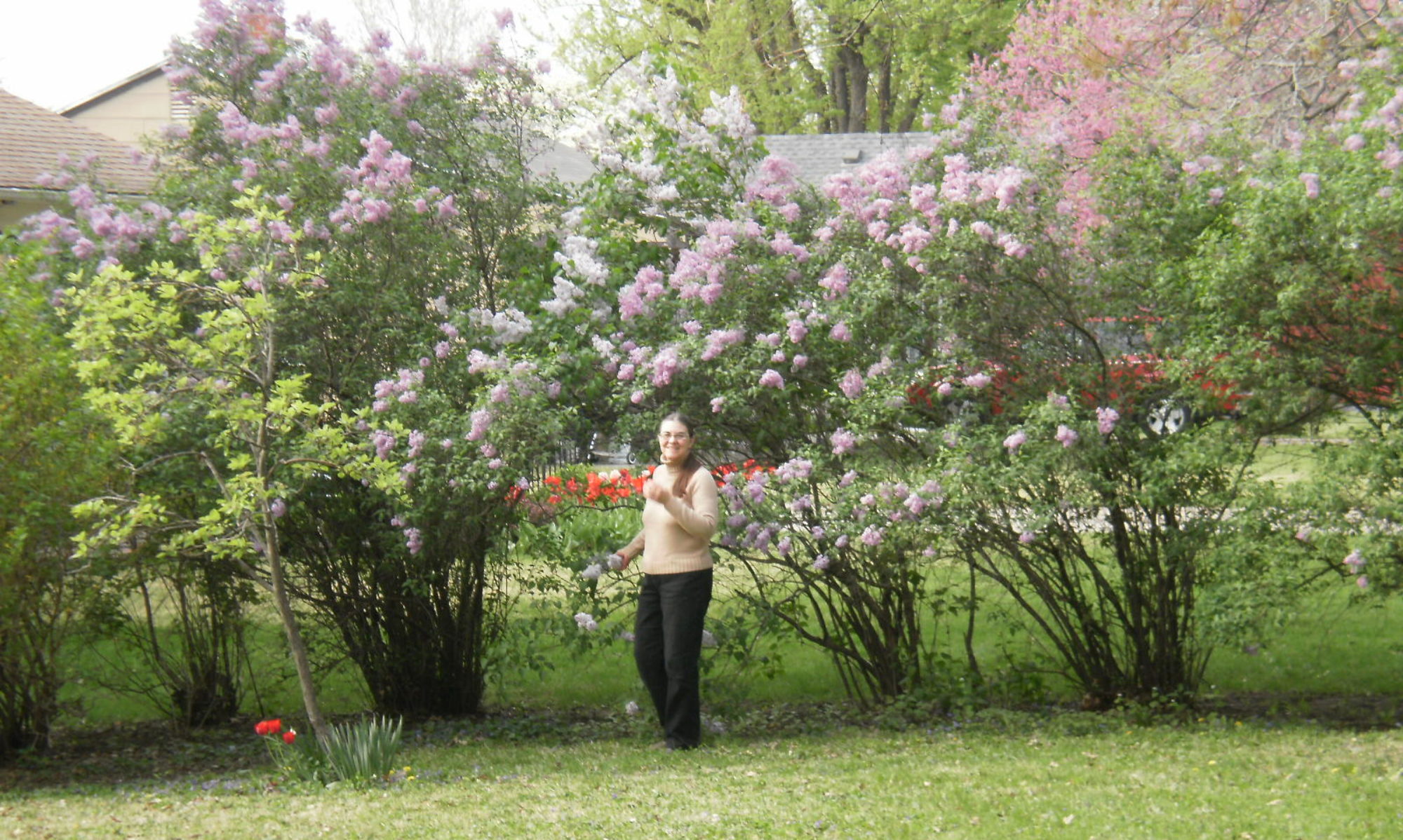Halloween is nearly here, and it’s time to evaluate this year’s harvest. And possibly think about gratitude for what the past season has brought me. Or not. Spoiler alert–it wasn’t my greatest ever harvest.
Whenever I read about someone who claims to have fed his or her whole family from a four by eight garden bed, I laugh. You have to wonder what they were eating during that time. Cherry tomatoes and turnips? Zucchini? I may not have a particularly green thumb (on occasion I’ve claimed I have a plaid thumb because my results are so wildly erratic), but I know that even with a green house and great care, you’re not going to get a whole summer’s worth, much less a whole year of food out of one four by eight bed for even a family of three.
A hunter-gatherer, depending on the climate and vegetative coverage, needs from seven to five hundred square miles to subsist. Obviously, gardening is intended to concentrate that food so you don’t have to range over miles to get your fruit and vegetables, but four by eight feet? I doubt it. Except, perhaps if you are a zucchinitarian subsisting solely on that vegetable. It is a well know fact that zucchini exist in only two states: none or too many.
My folks had a huge garden and fought off deer and other critters. They managed to grow a lot of food, but what and how much varied a lot from year to year. My garden consists of three four-by-eight beds and LOTS of pots. Even when I am able to fight off the squirrels, chipmunks, rabbits, opossums, raccoons, birds, and assorted bugs, my yields can vary from so many cucumbers that I chase down people on the street and force vegetables on them, to nothing at all. One year I had so much chard that I was freezing bags of it, and the next it didn’t come up at all. This year, I only got it to grow in a planter, and it was puny at best. Also this year, I planted eggplants twice and eventually got three plants that didn’t even start blooming until late September. So far, they have produced nothing but one eggplant that is the size of a pea. After the rabbits ate the baby sunflower plants to the ground, I replanted (with sturdy fencing) and got some nice sunflowers that the birds thought were a really nice treat, thank you very much. I have enough Hungarian wax peppers that there will be a lot of goulash in my future, but the pablanos were a complete bust. So, you may ask yourself (I certainly ask myself), why bother? The supermarket is so much easier and even, one might argue, cheaper (cue the jokes about the $50 tomato).
The answers to why bother for me are as follows. 1) After three attempts, I finally got two tomato plants to survive into productivity, one of which made a few perfect, aromatic, delicious tomatoes every week or so. Those tomatoes, carefully fenced against all manner of beasts, made a salad or sandwich taste like paradise. 2) Remember Schrödinger’s potatoes–the tops of the plants were lush and green with lots of blossoms? Were there potato tubers underneath those plants or not? Until I dug up the plants, I couldn’t know. As luck would have it, I had a nice little crop of potatoes–not enough to feed a family of three or four, but enough for a few meals. That potato patch took up just about half of one four by eight bed. 3) Two pepper plants, one a Serrano and one a Hungarian wax, have made enough peppers that I’ve used them as needed, and I’m keeping the rest in the freezer for later use. 4) I harvested enough green beans, a small handful at a time, to freeze a few and to eat as a side dish from time to time. 5) The radishes never made any radishes, but the seed pods were delicious pickled. 6) The one and only little bitty cantaloupe that made it to ripeness (produced on a prodigious vine) was aromatic and richly sweet. 7) One of the four blueberry bushes made a few berries every day, and they were lovely. And the gooseberry bushes were wonderfully generous. 8) My third planting of sage produced nice perennial plants that will last me for years, the basil plants survived after the second planting, the volunteer dill was a treat, the oregano, mint, and thyme still look great, and the bay tree came back from the brink of death. There is nothing like walking out the door and gathering herbs to bring into your kitchen. And finally 9) the cucumber plants made more than I could eat, more than I could pickle, and more than I could give away. Seems like there is always one overachiever.
I’m probably not going to save any money by growing my own food, nor am I going to feed myself and others (except maybe critters) by the sweat of my brow. But being in the garden is its own reward, and its own lesson in survival, life and death, gratitude, and why everyone needs a breeding pair of pine martens–they eat squirrels.
Image: Cucumber that died of exhaustion. By Marilyn Evans










